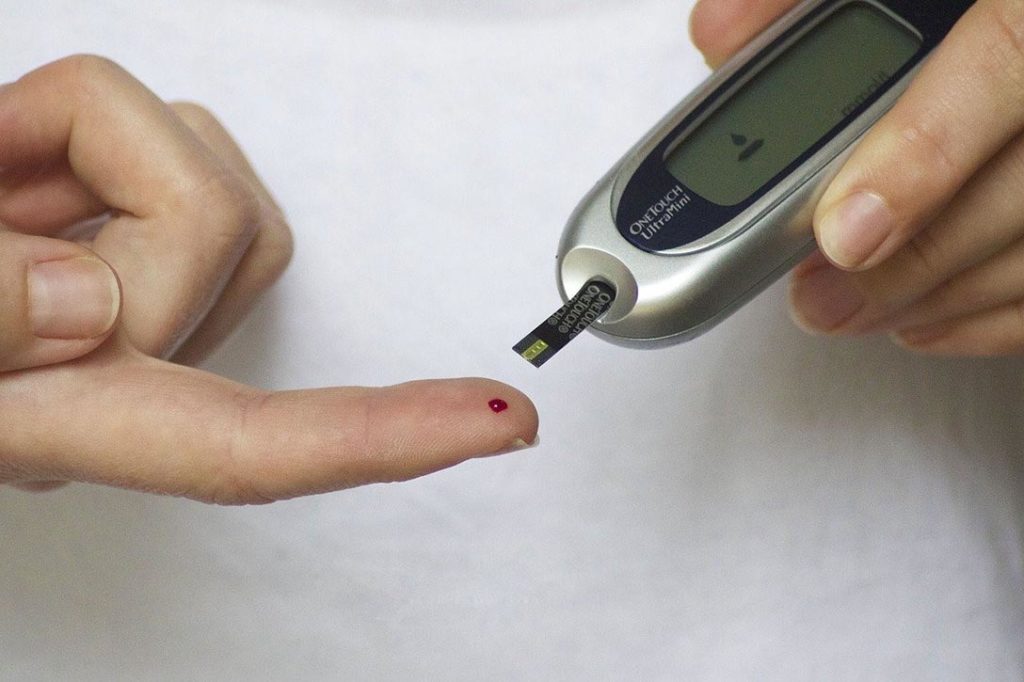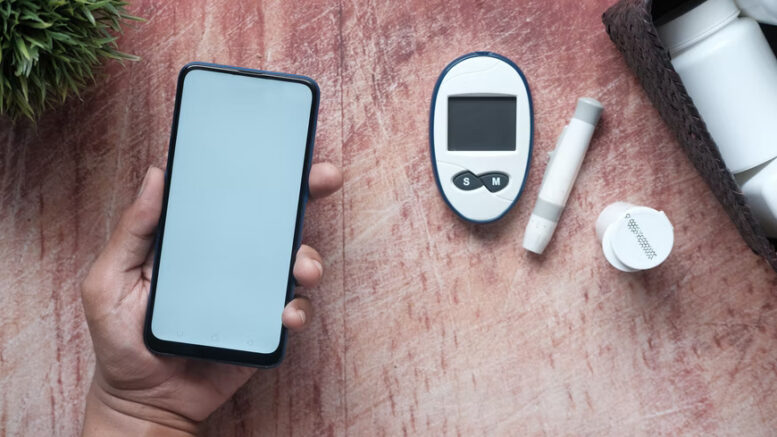Diabetes is a long-term health issue where the body either cannot produce or use insulin properly. Insulin helps control the levels of sugar in our blood. When there is a lack of insulin, sugar cannot be stored or used for energy efficiently, leading to high blood sugar levels.
Over time, high blood sugar can harm blood vessels and nerves, causing symptoms such as vision problems, tingling or numbness in the limbs, and increasing the risk of heart disease and strokes. Early diagnosis and treatment of diabetes can ease symptoms and prevent long-term complications, allowing individuals to live a healthy life.
Who Should Get Tested for Diabetes?
It is important to get tested for diabetes if you are experiencing the following symptoms:
- Excessive thirst
- Constant fatigue
- Unquenchable hunger, even after eating
- Blurred vision
- Increased urination
- Slow healing of cuts or sores
If you have any of these symptoms, it is recommended to speak with your doctor and undergo a diabetes test to ensure proper treatment and management of the condition.
What Tests are Used to Diagnose Diabetes?
1.A1c Test
The A1C test is a valuable tool for monitoring your blood sugar levels over time. It provides a snapshot of your average glucose levels for the past 2 to 3 months, without the need for fasting or special preparations. The test works by examining the amount of sugar that has attached itself to your red blood cells, which are constantly circulating in your bloodstream and typically last for about three months.
The results of the A1C test are expressed as a percentage, with a normal result being below 5.7%. If your A1C score is 6.5% or higher, it may indicate that you have diabetes. This test is a simple and convenient way to keep track of your glucose levels and maintain good health.
2. FBS Test
The fasting blood glucose test also known as the FBS Test, is a commonly used method for measuring blood sugar levels. The test requires you to fast overnight, after which a sample of your blood is drawn and tested. The results of the test show if your blood sugar is within the normal range.
A standard result is considered to be a reading of 70-99 milligrams per deciliter (mg/dl) or less than 5.5 millimoles per liter (mmol/L). However, if your fasting blood glucose is 126 mg/dl or higher, it may indicate that you have diabetes, according to the American Diabetes Association (ADA). This test provides a simple and straightforward way to monitor your glucose levels and keep track of your health.

3. Random Blood Sugar Test
The random blood sugar test is a method for measuring glucose levels in the blood, regardless of when you last ate a meal. The test provides an instant snapshot of your glucose levels at any given moment.
A normal result for this test is considered to be a reading of 199 mg/dl or less. However, if your blood glucose is 200 mg/dl or higher, it may indicate that you have diabetes. This test is a quick and easy way to monitor your glucose levels, regardless of your recent meals or activities.
4. Oral Glucose Tolerance Test
The glucose tolerance test is a common test performed during pregnancy to assess how the body is handling excess sugar. The test involves having a blood sample drawn, followed by drinking a sweet glucose solution. Blood samples are then taken at 30 to 60-minute intervals for up to three hours to track the body’s glucose levels.
The normal result of the test depends on the amount of glucose in the solution, which can vary. However, according to the American Diabetes Association (ADA), if a person’s two-hour blood glucose is 200 mg/dl or higher, it may indicate diabetes. This test provides important information about how well the body is handling glucose during pregnancy, helping to ensure a healthy pregnancy.
5. PPBS Test
The postprandial blood sugar (PPBS) test measures the amount of glucose in the blood after a meal. Normally, blood glucose levels slightly increase after eating, which prompts the pancreas to release insulin to help the body remove glucose from the blood and store it for energy. People with diabetes may not produce or respond properly to insulin, leading to elevated blood glucose levels, which can cause harm to the kidneys, nerves, eyes and veins.
The 2-hour PPBS blood test specifically measures blood glucose 2 hours after eating. At this point, glucose levels should have returned to normal in healthy individuals, but may still be elevated in individuals with diabetes. This test serves as a way to detect diabetes or to monitor the effective control of blood glucose levels in individuals with diabetes.
6. Urine Testing for Diabetes
A urine test can reveal if an individual has high sugar levels, which could be a sign of diabetes. However, the level of sugar in the urine has to be elevated for the test to be effective in detecting the condition, making it not the most accurate method.
Urine tests are simple and fast, as they don’t require blood to be drawn and the results can be obtained quickly during a doctor’s visit. These tests are commonly used as a preliminary screening or to monitor the control of diabetes in individuals who have already been diagnosed.
Final Thoughts
Diabetes tests are important for those who have diabetes or are at risk of developing it. It is important to know the warning signs so that appropriate action can be taken if needed. Tests can help you to better manage your diabetes, identify any potential issues and prevent long-term complications. Talk to your doctor about what type of test is right for you and when you should get tested. Investing in a home glucose monitor might also be beneficial if you are diabetic or pre-diabetic.
Author Bio:
Jigar Patel is the Founder of Health-e, a HealthTech app that simplifies health records management along with providing personalized and preventative healthcare solutions. Although he has 20+ years of operations and management experience in the EPC domain, Jigar’s true passion lies in making healthcare simpler, faster and more accessible for doctors and patients alike. He strongly believes that people need to be empowered to participate in their own healthcare and is constantly thinking of ways to build this into his app. He loves to keep things simple be it in life, product design, his work or the content he develops. Being married for 10 years and having 2 kids have taught him that perspective matters, so you can always count on him to share new perspectives on various topics.
